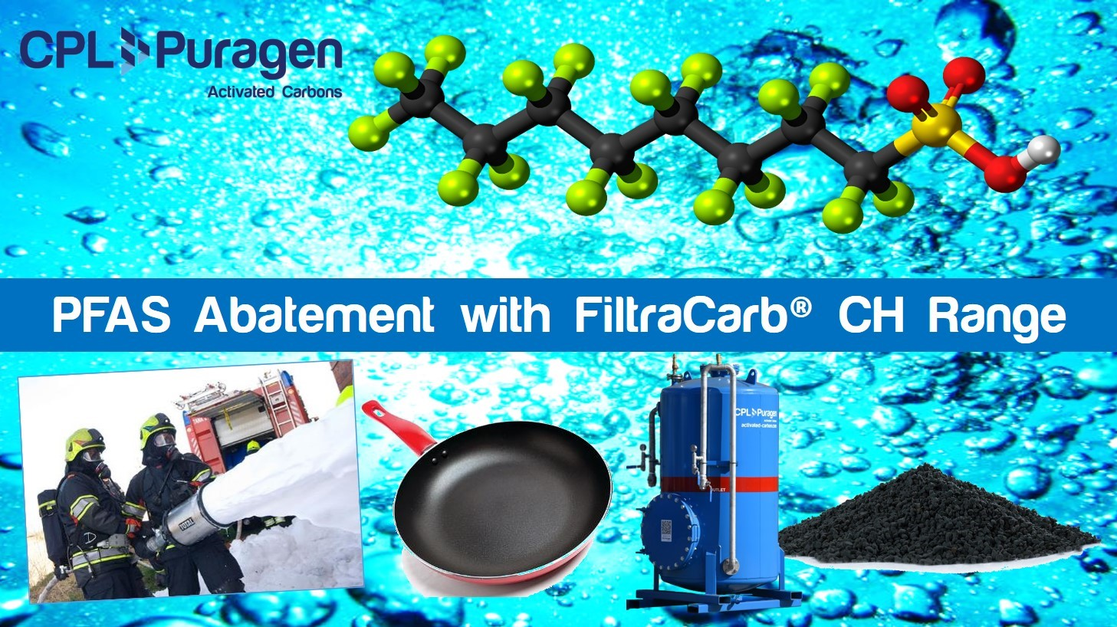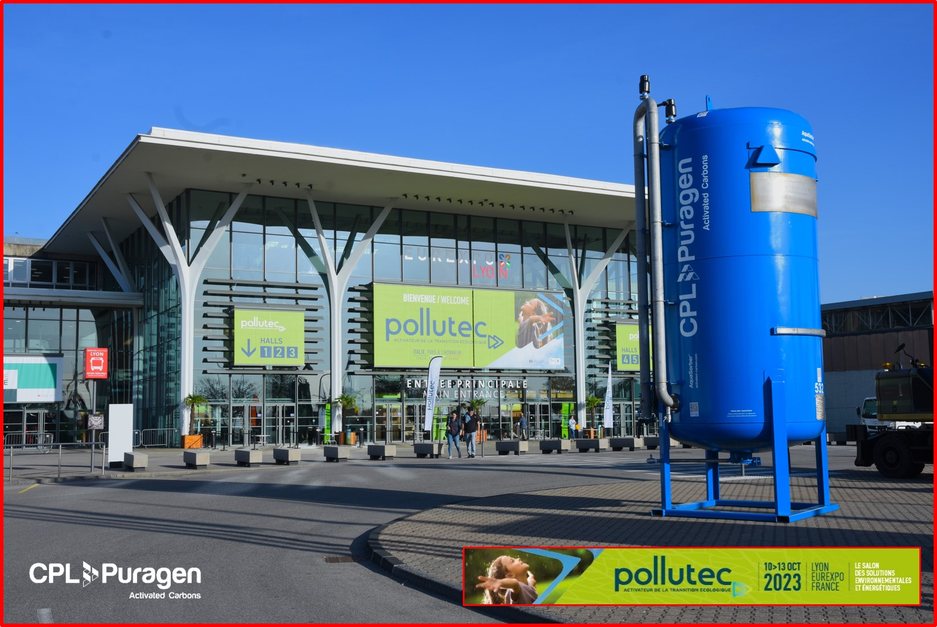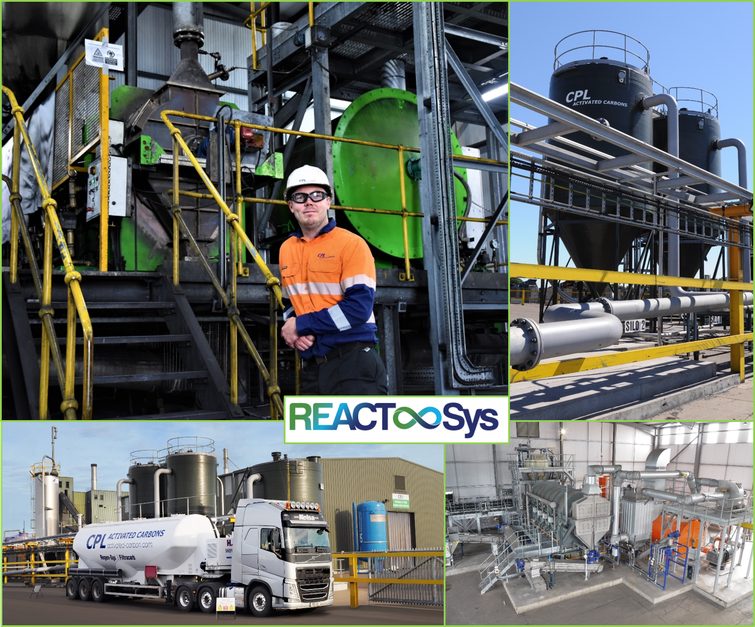Products
FiltraCarb CH Range

GAC for PFAS removal
Range of granular activated carbons, optimised for the abatment of PFAS group 'forever chemicals. Proven to be the most efficient products on the market for this important application. Spent carbons can be safely and economically reactivated at CPL Activated Carbons in the UK.
AquaSorber 22-100 mobile carbon filter

Largest mobile activated carbon filter for water t
High flow, up to 100m3/h, mobile activated carbon filter for drinking water or industrial water treatment. Supplied on a 'plug & play' rental basis, meaning no on-site carbon handling and no CAPEX. Once the filter is spent, it is simply replaced with a fresh unit and the spent material is returned to the UK for recycling via thermal reactivation. Filters are delivered on dedicated tipping trailers by expert haulage contractors.
Spent Carbon Reactivation

Recycling of spent activated carbon via thermal re
Puragen's UK-based sister company, CPL Activated Carbons, has an award-winning, state-of-the-art spent carbon reactivation facility, where it has separate units for handling carbons from potable/drinking water ('green' kiln) and industrial/environmental applications ('amber' kiln). Site is ISO9001, 14001 and 45001 accredited. Site was awarded Green Apple environment award in 2023.
Modified GAC for Optimised PFAS Abatement

Our unique surface-modified granular activated carbon products have been designed to remove 'difficult' short-chain PFAS forever chemicals from water.
Our range of FiltraCarb® CH carbons offers best-in-class performance for the removal of medium/long chain PFAS molecules. When combined with our thermal reactivation process, we offer a circular solution that removes and destroys these ‘forever’ chemicals. Shorter-chain PFAS represent a particular problem, being less readily adsorbed by regular GAC grades. We have developed an innovative and unique process for modifying the surface chemistry of the GAC to allow removal of short-chain PFAS too.